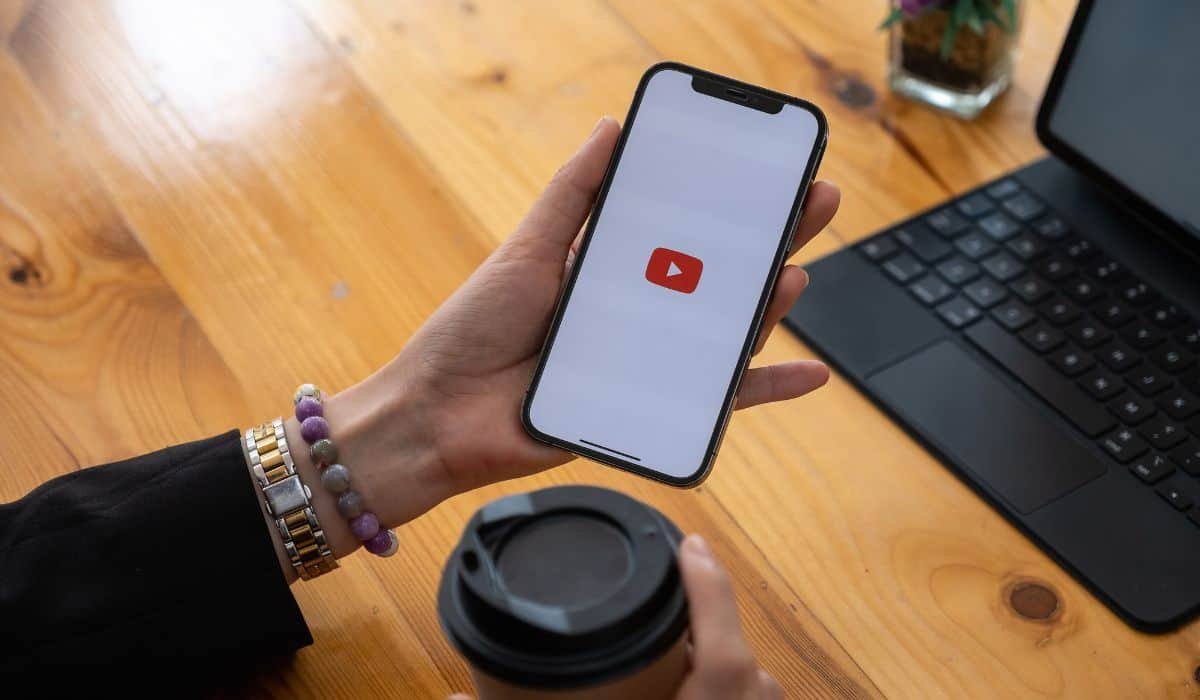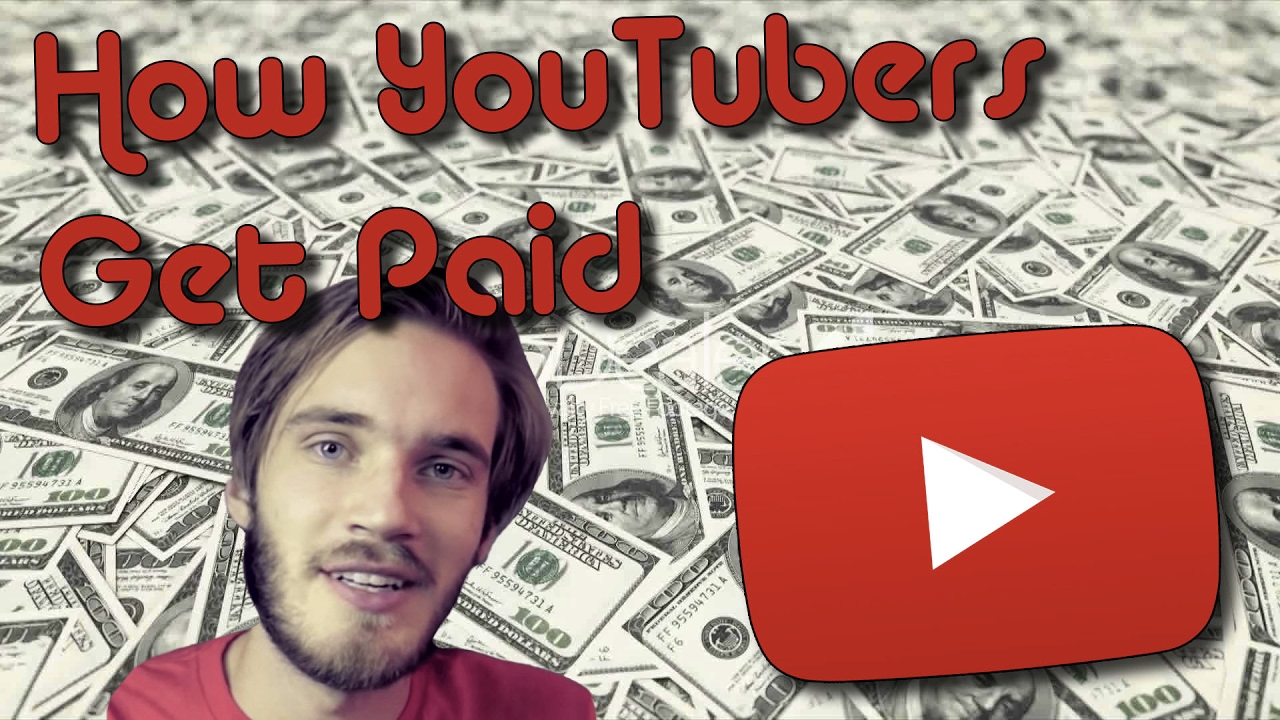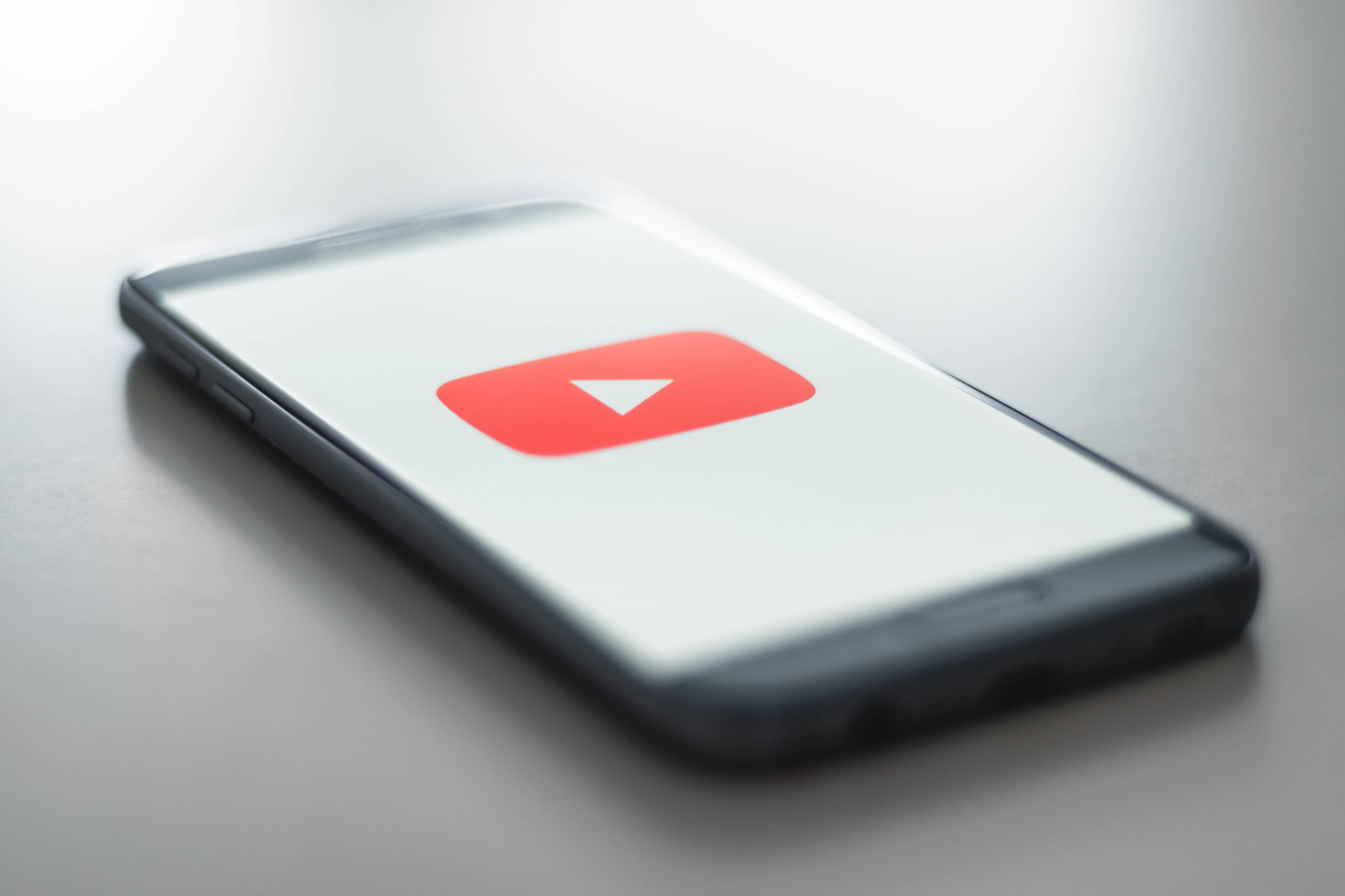YouTube has become a significant platform for content creators, providing them with not just a stage to showcase their talents but also an opportunity to earn money. But how does this ad revenue work, especially when viewers skip ads? In this section, we’ll break down the fundamentals of YouTube ad revenue, addressing common misconceptions and shedding light on how creators can monetize their content effectively.
When you watch a video on YouTube, you're often served ads. These ads generate revenue that is shared between YouTube and the video creators. The key point to understand is that creators earn money based on various factors, including the type of ad, viewer engagement, and, of course, whether viewers skip the ads or not.
It's important to note that YouTube's algorithm plays a crucial role in which ads are shown and how much revenue is earned. In fact, some YouTubers have reported earning thousands of dollars monthly, especially when they build a loyal audience. So, do YouTubers get paid if you skip ads? The answer is nuanced and depends on several factors we’ll explore further in this blog post.
Understanding Ad Types on YouTube

To grasp how YouTubers make money, it’s essential to understand the different types of ads that can be featured on their videos. Each ad type has its own set of rules regarding monetization, and not all ads are created equal. Here’s a breakdown:
- Skippable Video Ads: These ads can be skipped after five seconds. Creators earn money only if viewers watch the ad for at least 30 seconds (or the whole ad if it's shorter). This means if you skip, the creator doesn’t earn revenue from that view.
- Non-Skippable Video Ads: As the name suggests, these ads must be watched in full before the video plays. This guarantees that creators earn revenue, as viewers cannot skip these ads.
- Bumper Ads: These are short, non-skippable ads that last up to six seconds. They play before a video and, due to their brevity, are designed to be memorable and impactful. Creators earn money when these ads are shown, regardless of how long viewers watch their content.
- Overlay Ads: These are semi-transparent ads that appear on the lower part of the video. They don’t interrupt the viewing experience, and while they can be clicked to visit the advertiser’s site, revenue is earned based on viewer interactions.
- Sponsored Cards: These ads display content relevant to the video, like products or services. Creators earn money if viewers click on these cards, rather than through direct ad views.
In summary, the type of ad significantly impacts YouTube creators' earnings. Understanding these nuances can help viewers appreciate the monetization model and the challenges content creators face in generating income while keeping their audience engaged.
Also Read This: How Much Does the Deal Guy Make on YouTube? A Look Into YouTube Earnings
The Impact of Skipping Ads on YouTuber Earnings

When it comes to YouTube, ads are a crucial part of the revenue model for many creators. But what happens when viewers like you decide to skip those ads? The impact can be quite significant. Let’s break it down.
First off, YouTubers typically earn money through two main types of ads: skippable ads and non-skippable ads. If you skip a skippable ad, the creator doesn't earn any revenue from that view. In contrast, non-skippable ads ensure that the creator gets paid even if you decide to click away. So, if you’re in a hurry and skip those ads, it can directly affect a YouTuber’s earnings.
Here’s a quick overview of how skipping ads impacts earnings:
- Skippable Ads: If skipped, no earnings for the creator.
- Non-Skippable Ads: Earnings are guaranteed regardless of viewer actions.
- Ad Load: Creators can control how many ads appear; fewer ads could mean fewer earnings.
In essence, while skipping ads might save you a few seconds of your time, it can pose challenges for creators relying on ad revenue for their livelihood. So next time you consider skipping, remember the impact it can have on your favorite YouTubers!
Also Read This: Improving Video Quality on YouTube: Understanding Blurry Uploads
How YouTube Calculates Revenue for Creators

YouTube’s algorithm for calculating revenue for creators is both intricate and fascinating. At its core, YouTube operates on a system called Cost Per Mille (CPM), which means creators earn money for every thousand views their ads receive. But it's not just about how many views there are; it’s also influenced by several other factors.
Here’s a brief breakdown of the key components that play a role in this calculation:
| Factor | Description |
|---|---|
| Ad Type | Different types of ads (display, skippable, non-skippable) yield different CPM rates. |
| Viewer Demographics | Ads targeted to specific demographics (age, location) can have higher CPMs. |
| Engagement Metrics | Higher engagement (likes, comments) can lead to better ad placements and higher earnings. |
| Seasonality | Ad spending can fluctuate based on the time of year, impacting CPM rates. |
To sum up, YouTube uses a complex formula to determine how much revenue creators earn, heavily influenced by the type of ads, the audience, and seasonal trends. Understanding this can help viewers appreciate the hard work that goes into creating content and the importance of supporting creators through ad views!
Also Read This: How to Turn Off Captions on YouTube Shorts: A Simple Guide
5. Factors Influencing YouTube Ad Revenue
YouTube ad revenue can be a tricky beast, influenced by a variety of factors. Understanding these can help both creators and viewers grasp how earnings are calculated. Here are some key elements:
- Viewer Engagement: The more viewers interact with the ads—through clicks and views—the higher the revenue. Ads that resonate with the audience tend to perform better.
- Ad Format: Different ad formats pay differently. For example, skippable ads might earn less per view compared to non-skippable ads, which viewers must watch fully.
- Location: Ads targeting audiences in high-income countries often generate higher revenue. For instance, an ad viewed in the U.S. can pay more than one viewed in a developing country.
- Seasonality: Certain times of the year, like the holiday season, see increased ad spending, leading to more revenue for YouTubers. Advertisers often ramp up their budgets during these peak times.
- Niche Content: Channels focused on lucrative niches (like finance and technology) might attract higher-paying ads. This is due to advertisers valuing those audiences more.
In a nutshell, while skipping ads might feel harmless to viewers, it directly affects the ad revenue that creators rely on to keep producing content. Every view counts!
Also Read This: How to Upload YouTube from iPhone: Easy Steps
6. Alternatives to Ad Revenue for YouTubers
While ad revenue is a major income source for many YouTubers, it's not the only way to monetize their content. Creators are getting creative with various alternatives to boost their earnings. Here are some popular options:
- Sponsored Content: Brands often pay YouTubers to feature their products or services. This can range from a simple mention to an elaborate integration in the video.
- Merchandise Sales: Many YouTubers sell their branded merchandise, from t-shirts to mugs. This not only generates income but also strengthens their brand identity.
- Memberships and Subscriptions: Platforms like Patreon allow fans to support creators directly, often in exchange for exclusive content or perks.
- Affiliate Marketing: Creators can earn a commission by promoting products and including affiliate links. When viewers purchase through these links, the YouTuber gets a cut.
- Online Courses and Workshops: Leveraging their expertise, many YouTubers offer courses or workshops, providing value to their audience while earning money.
In conclusion, YouTubers can diversify their income streams beyond ads, creating a more stable financial future while continuing to engage their audience creatively.
Do YouTubers Get Paid If You Skip Ads
YouTube has transformed the way content creators monetize their work, but many viewers wonder about the implications of skipping ads on the platform. When you watch a video on YouTube, you’re likely to encounter different types of ads, including skippable and non-skippable formats. Understanding how these ads impact creators' earnings can provide valuable insight into the YouTube ecosystem.
Here’s a breakdown of how it works:
- Skippable Ads: These ads can be skipped after a few seconds. YouTubers earn a share of the revenue only if viewers watch the ad for the required minimum duration (typically 5 seconds).
- Non-Skippable Ads: Viewers must watch these ads in full. YouTubers receive compensation regardless of whether the viewer skips subsequent ads.
- Bumper Ads: Short, non-skippable ads lasting up to 6 seconds. Like non-skippable ads, they guarantee payment to the creators.
In terms of earnings, YouTubers primarily make money through the YouTube Partner Program, which shares ad revenue based on factors like viewer engagement and the type of ad. Here’s a simplified table illustrating potential earnings:
| Ad Type | Watch Requirement | Earnings |
|---|---|---|
| Skippable | 5 seconds | Yes, if watched |
| Non-Skippable | Full ad | Yes |
| Bumper | Full ad | Yes |
In conclusion, while creators may not earn money when ads are skipped, they do benefit financially when viewers engage with skippable ads for the required duration. Understanding ad formats helps clarify the financial dynamics between YouTube and its creators.
 admin
admin








